Can You Drill Holes in Apartment Walls? (Guide)
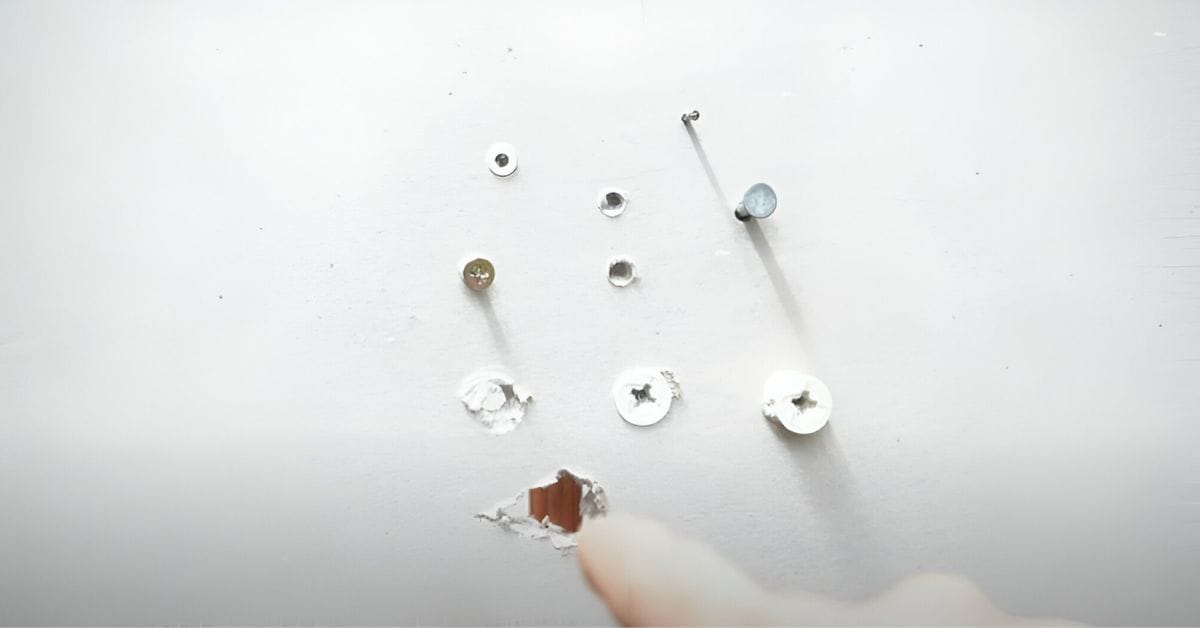
Hey everyone, it’s your favorite handyman here, ready to dive into a question that renters everywhere ask: Can you drill holes in apartment walls?
Your apartment walls are more than just space dividers; they’re a canvas for your style. But remember, there are rules in the lease and landlord’s preferences to consider.
You can drill holes to personalize your space, but be sure to repair them before moving out. If not, it might cost you part of your security deposit. It’s all about balancing your personal touch with respecting the guidelines.
In this article, I will explain everything you need to know about drilling holes in your apartment walls. I’ll share some tips on patching those holes before moving out, ensuring you leave your apartment tip-top shape. So grab your drill (or maybe don’t yet), and let’s get into it.
Understanding Your Lease Agreement

The lease agreement is your bible for what you can and can’t do in your apartment. Reviewing your lease agreement thoroughly is crucial before you even think about picking up a drill.
This document spells out the dos and don’ts of your rental, and I found that it often contains specific clauses about alterations to the apartment.
In my experience, some leases are more lenient, allowing tenants to make minor modifications and stipulating that the apartment must be returned to its original condition upon moving out.
Others are much stricter, downright prohibiting any form of wall modifications. I’ve even seen leases where any changes require prior written consent from the landlord or management company.
It’s not just about what you can do; it’s understanding the potential repercussions if you don’t comply.
Here are a few things I always look for in the lease agreement regarding drilling holes or making other alterations:
- Specific Prohibitions: Any explicit mentions of what alterations are not allowed.
- Repair Responsibilities: I’m expected to cover the cost of repairs for any damage or alterations made.
- Permission Requirements: If prior permission is needed, how should it be obtained?
So, before planning where to hang your favorite pictures or shelves, review your lease agreement carefully. It might seem tedious, but understanding your lease can prevent misunderstandings and unexpected costs.
Landlord Permissions
Before I get into the specifics, it’s vital to highlight that communication with your landlord or property management is key when considering drilling holes in apartment walls.
Landlord approval is not just a courtesy; it’s a necessity that could save you from potential headaches or financial penalties.
In my experience, landlords and property managers are often open to discussing modifying the apartment, especially if these are minor changes aimed at personalizing the space.
Here’s a step-by-step guide to seeking permission:
- Prepare Your Request: Outline what you plan to hang, the type of hardware you’ll be using, and how it will enhance the living space. Being specific can help in presenting your case more effectively.
- Highlight the Benefits: Emphasize how your modifications will improve the aesthetic or functionality of the apartment. It’s important to clarify that these changes won’t devalue the property.
- Propose a Compromise: If your landlord hesitates, offer to use less invasive hanging methods like adhesive hooks or strips for lighter items. Showing you’ve considered alternatives demonstrates respect for the property.
- Assurance of Repair: Assure you’re willing to patch up any holes or repair them as needed. This often helps in gaining their approval.
Remember, if your landlord agrees, request this permission in writing to avoid any misunderstandings later. A simple email confirmation can suffice, ensuring both parties are on the same page.
How Can I Fill Holes in the Apartment Walls?
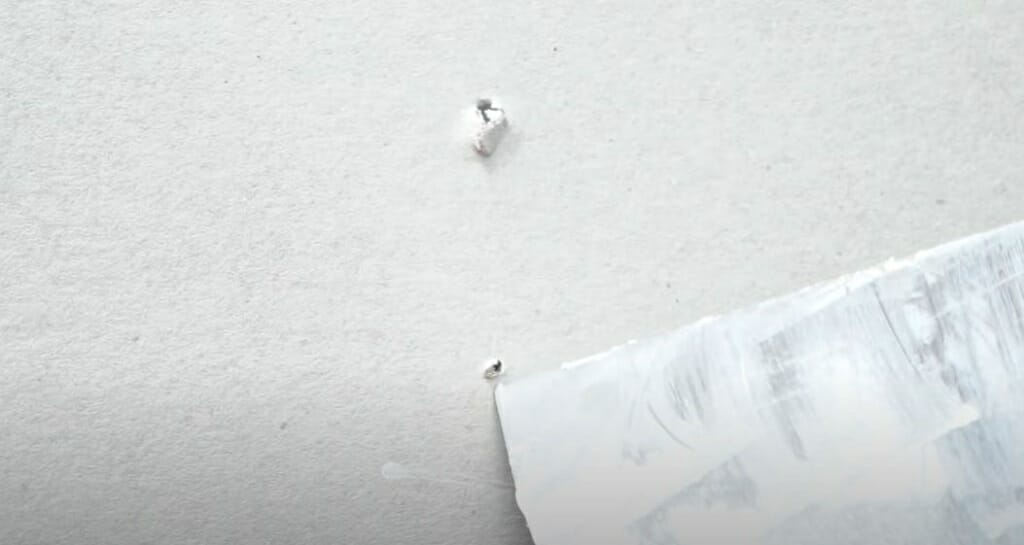
Let’s dive straight into the nitty-gritty of fixing up those walls in your apartment. I’ve got you covered with a straightforward approach to patching things up.
We’re talking about using spackling paste here – it’s easy, budget-friendly, and safe for your walls.
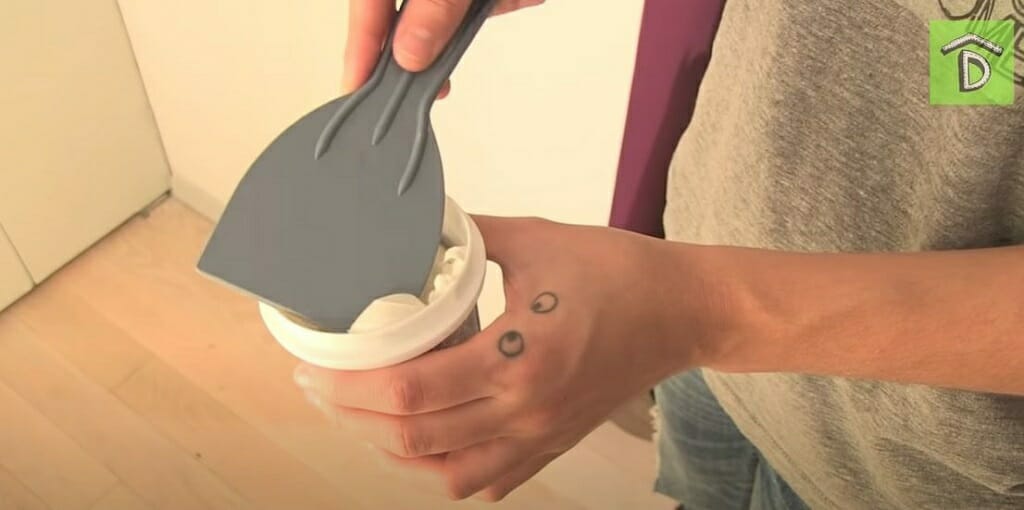
Step 1 – Gather the Necessary Items
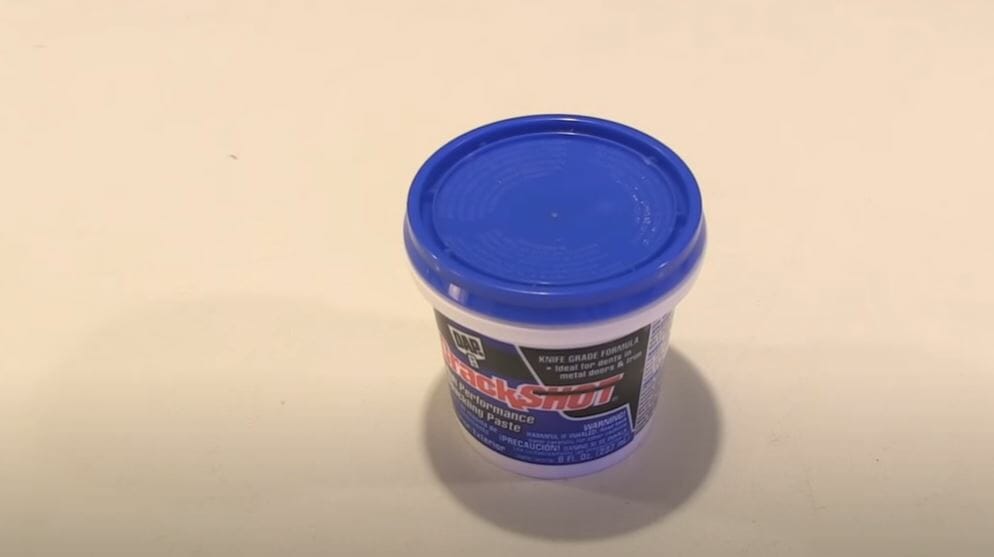
Before we jump in, you’ll need to round up a few essentials:
- Spackling paste
- A trusty putty knife
- Sandpaper
- Paint to match your wall
Got them? Great, let’s get to work.
Step 2 – Use the Sandpaper

Grab that sandpaper and give the area around the hole a good once-over. You don’t need much, just enough to smooth rough edges. Think of it as prepping your canvas for a mini-masterpiece.
Step 3 – Apply the Putty
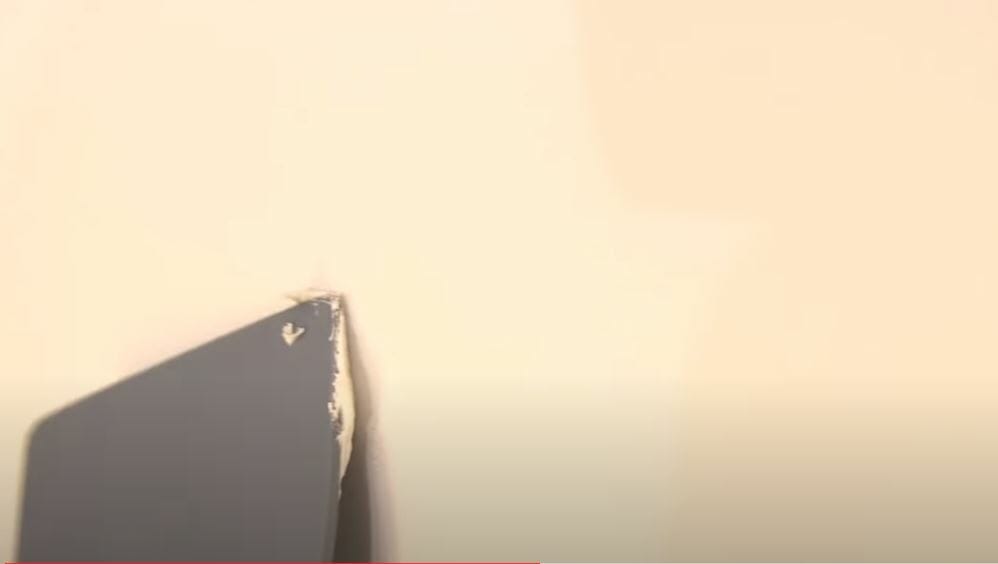
Now, take that spackling paste and get friendly with the hole. Layer the paste in gently but firmly with your putty knife. It’s like icing a cake, but, you know, less tasty.
Patience is key here – let each layer dry before adding the next.
Step 4 – Use the Sandpaper Again
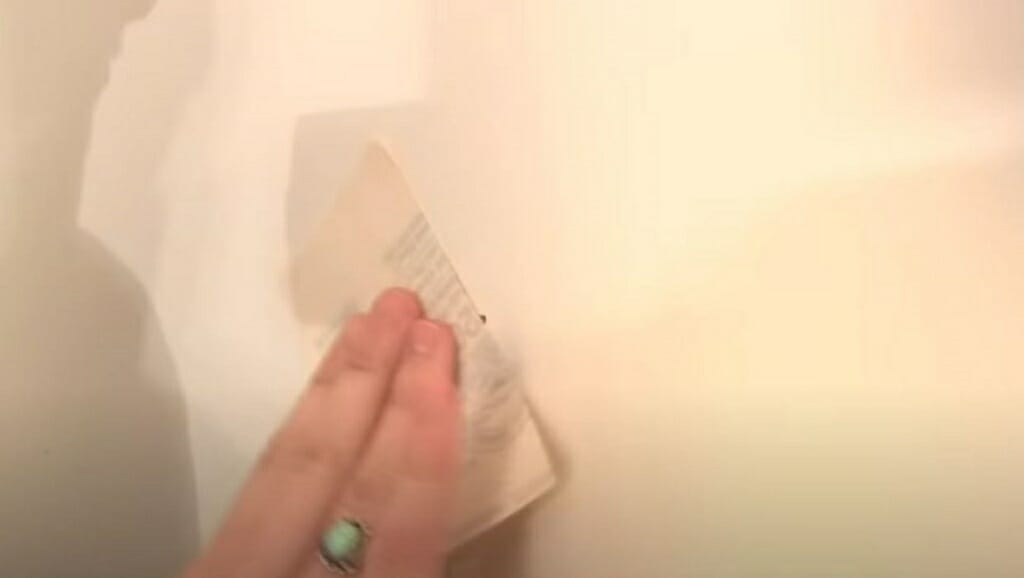
Once the spackle is dry, it’s back to sanding. This time, you’re aiming for a smooth, seamless finish. It’s all about blending the patch into the wall, making your repair skills practically invisible.
Step 5 – Paint the Wall
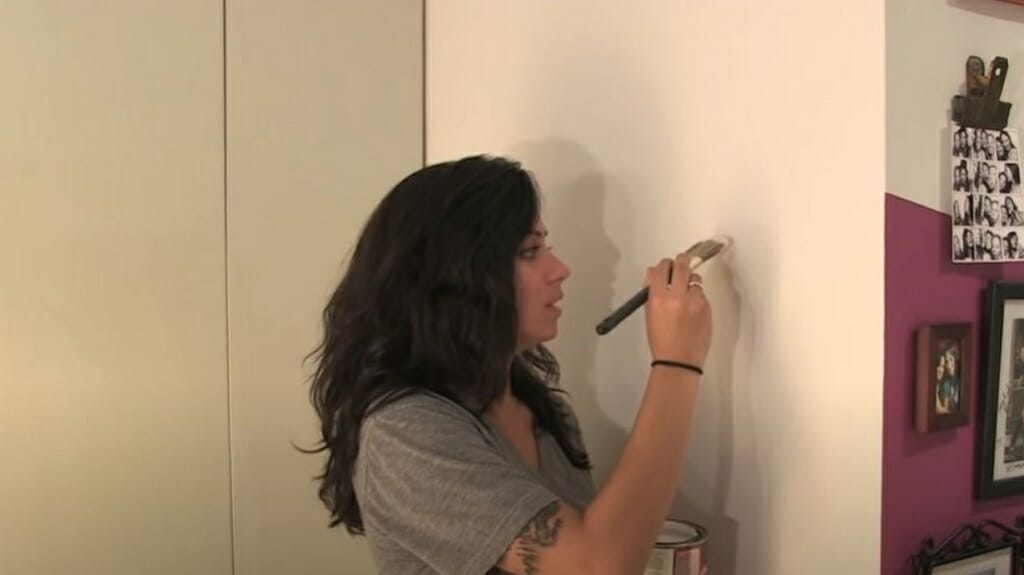
Here’s the final touch – painting. Please choose a color that perfectly matches your wall and give it a go. This step is like the grand reveal on those home makeover shows, where everything comes together, and the crowd goes wild.
And there you have it! A step-by-step guide to fixing up those wall holes. Sure, it might take some time and patience, but the end result? Worth it. Plus, your landlord will thank you – or at least, you’ll get that security deposit back. Happy patching!
Creative No-Drill Decorating Tips for Renters
Let’s talk about giving your apartment that personal touch without worrying about drilling holes and risking your security deposit. I’ve been down this road more times than I can count and discovered clever ways to hang your favorite pieces without leaving a mark.

Here we go:
- Adhesives: From strips to hooks, you’ve got many weight-bearing options that won’t leave a mark. I’ve decked out entire gallery walls using just these bad boys. Grab some removable No More Nails glue for the heavier stuff – it’s a lifesaver.
- Monkey Hooks: Monkey hooks are your best friends for hanging things up without making a hole. Believe it or not, they can hold up to 50 pounds!
- Bookshelves: Use bookshelves for more than just books. Art, photos, you name it – leaning them on shelves adds instant character and skips the drilling. It’s also a great ice-breaker when you’ve got company.
- Wall-Friendly Decor: One of my all-time favorite moves is leaning large pieces like art or mirrors against the wall. It keeps your security deposit safe, adds a laid-back vibe, and lets you switch things up easily.
There you have it – my top tips for adding personality to your place without the permanence of drilling. Please keep it simple; your walls (and landlord) will thank you.
Preventative Measures for Minimizing Wall Damage
Hanging pictures or shelves can add that personal touch when making your rental feel like home. But let’s face it: drilling holes in apartment walls can be nerve-wracking, especially when trying to avoid any damage that might cost you your security deposit.
Over the years, I’ve picked up a few tricks of the trade that can help minimize wall damage right from the start.
- Choosing the Right Tools:
- Always double-check you’re using the correct drill bit size and type for your wall material. A mismatch can lead to bigger holes than necessary.
- Utilizing Drill Guides:
- Drill guides can prevent angled holes, ensuring your drillings are straight and clean. They’ve been a game-changer in my projects, ensuring precision every time.
- The Importance of Planning and Measuring:
- Adopt the mantra “Measure twice, drill once.” Precise measurements can prevent the need for do-overs and ensure your decor is perfectly placed.
- Using Painter’s Tape for Marking:
- Apply painter’s tape to mark where you want to hang something. It’s a great way to visualize placement and make adjustments without leaving marks on the wall.
- Considering the Weight of Hanging Items:
- For heavy items, use appropriate anchors or toggle bolts. These distribute the load more evenly across drywall, minimizing the risk of damage.
By incorporating these tips into your next project, you can confidently hang pictures, shelves, and more, knowing you’re taking the right steps to protect your walls and security deposit.
Frequently Asked Questions
- Do I Have to Repair the Holes in the Apartment Wall When I Move Out?
- Yes, indeed, you should repair them. Otherwise, the landlord will deduct the cost of the damage from your security deposit.
- Can I Drill Holes in The wall or Ceiling of My Rented Apartment?
- You cannot drill holes in the apartment’s wall or ceiling. If you do so, you’ll have to repair them or might have to pay the cost of damage.
- How Do I Choose the Right Drill Bit for My Wall?
- It depends on the material. For drywall, use a drill bit slightly smaller than the anchor you plan to use. For brick or concrete, you’ll need a masonry bit. The key is to match the drill bit to both the material of your wall and the size of the anchor or screw you’ll be using.
- How Much Weight Can Adhesive Hooks Hold?
- It varies by product, but some heavy-duty adhesive hooks can hold up to 7 pounds. Always check the product’s weight limit to ensure it can safely support your items.
- What If I Accidentally Damage the Wall Beyond Simple Holes?
- Don’t panic! First, assess the damage. Small cracks or holes can usually be fixed with spackle and paint. You might need to consult with your landlord or a professional to discuss the best action for larger issues.
- Will Drilling Holes Affect My Security Deposit?
- It can if the holes are considered beyond “normal wear and tear.” The best approach is to repair holes or damage before your final walk-through. This way, you can ensure your security deposit is returned in full.
References
Organizations:
- National Apartment Association (NAA). https://www.naahq.org/home
- American Bar Association (ABA). https://www.americanbar.org/
Books:
- “Every Tenant’s Legal Guide” by Nolo. https://www.barnesandnoble.com/w/every-tenants-legal-guide-janet-portman/1102260623
- “The Complete Guide to Repairing & Restoring Furniture” by William Cook. https://www.abebooks.com/9781780191447/Complete-Guide-Repairing-Restoring-Furniture-1780191448/plp
- “Home Improvement 1-2-3” by The Home Depot. https://www.thriftbooks.com/w/home-improvement-1-2-3-expert-advice-from-the-home-depot-home-depot–1-2-3/248301/
Website Resources:
- Apartment Therapy. https://www.apartmenttherapy.com/
- This Old House. https://www.thisoldhouse.com/
- Nolo.com. https://www.nolo.com/
Video References:
Fix This House
DIGS Channel
